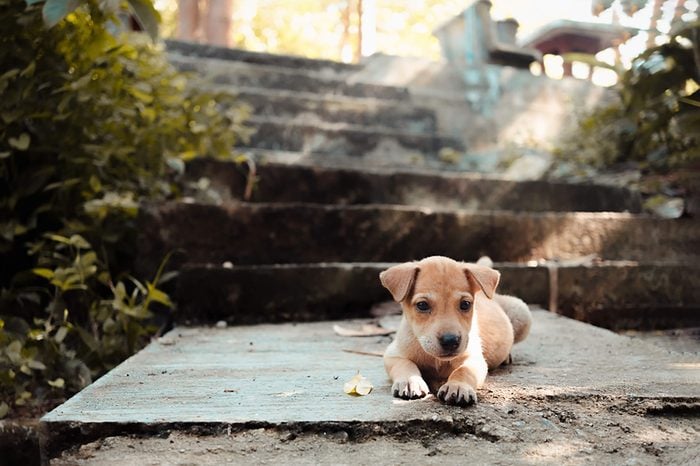
Welcome home!
It’s always exciting welcoming a new four-legged friend into your family. Puppies are great fun, but training them can be a lot of work. It can be tempting to let your new pup have free rein in your home, but that’s a sure-fire way to end up with soiled carpet or wet socks. (Learn how to get dog poop out of carpet.) When you are learning how to potty train a puppy, it’s best to follow a few simple rules to make things smooth and stress-free for everyone. Make sure you own these puppy training must-haves, and check out these expert tips to get your puppy housetrained.
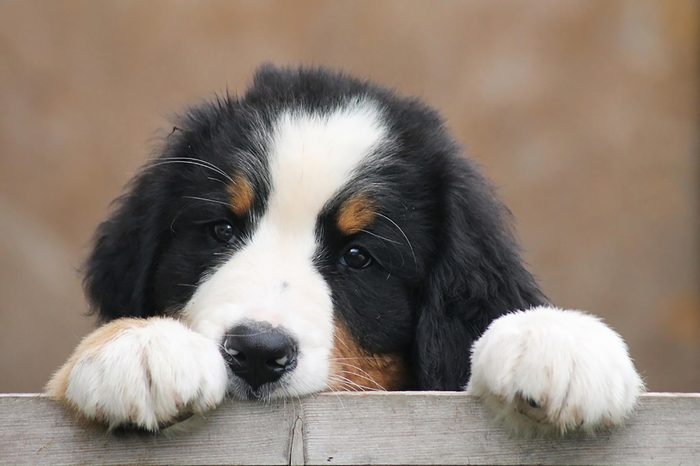
Keep your puppy confined
The most important step in learning how to potty train a puppy, and one that owners frequently overlook, is crate training. Many people feel like a crate or kennel is cruel, but dogs are den animals, and a crate helps your pup feel safe and secure. Since dogs don’t like to urinate where they sleep, a cozy and confined space will speed along the potty training process. After the first few days, most dogs come to love their crates and choose to sleep in their cozy space. Crates and kennels also keep mischievous puppies out of trouble when you can’t supervise them. Here are more common dog training myths you can ignore.
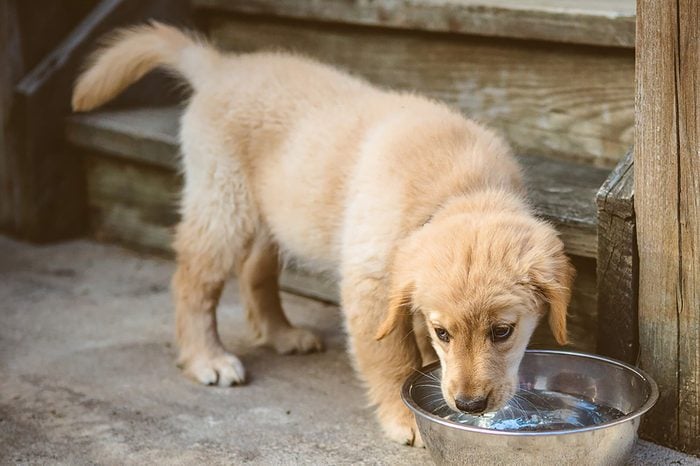
Establish a routine
Consistency is key when learning how to potty train a puppy. You can easily set up a routine by feeding, watering, and letting your pup out of his crate at the same times every day. This will also help your new pup develop bladder control.
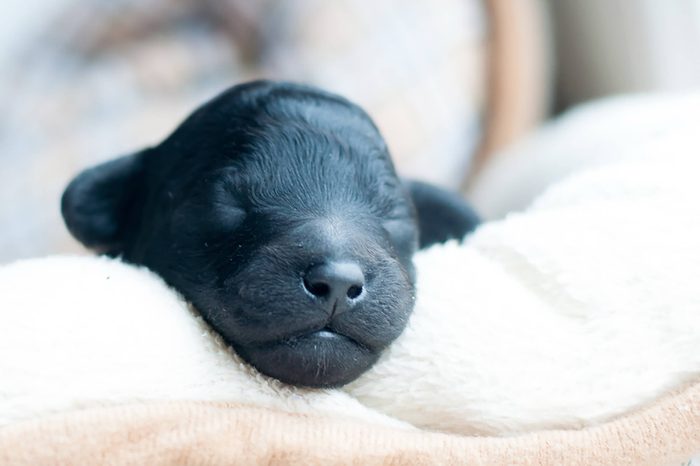
Avoid puppy pads
Puppy pads for your dog to use indoors may seem like a good idea, but they can result in a dog who is trained to urinate inside instead of out. Taking your puppy for frequent walks should alleviate the need for puppy pads. If you do need to use them, don’t despair: You can still train your dog to use the bathroom outside.
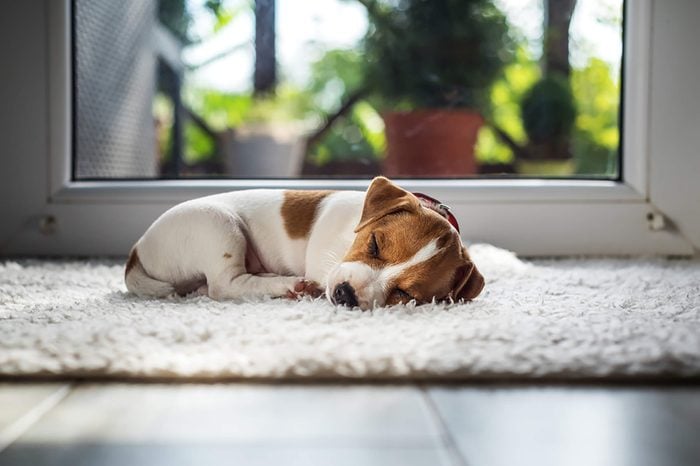
Training a puppy off pads
By moving the pad closer and closer to the door every day, you can eventually train your pup to go to the door when he needs to go out. Once he’s going to the door, you can try to move the pad outside the door. After your puppy is no longer using pads indoors, it’s easier to train them to use a designated spot in your yard.
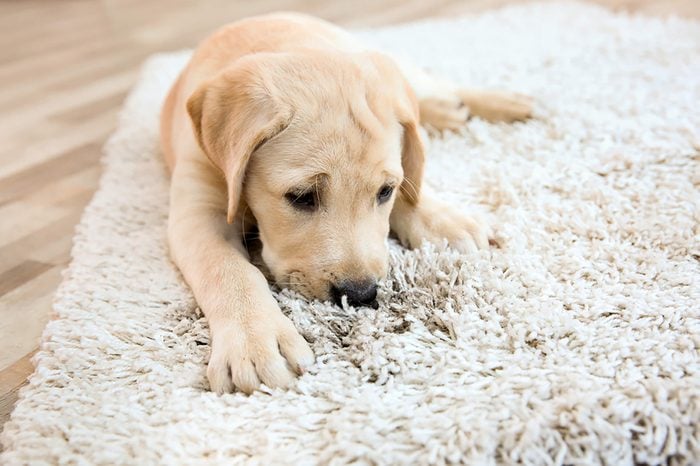
Accidents will happen
A puppy is very similar to a baby transitioning from diapers to the toilet: You need lots of patience—and be prepared for a few missteps. Armed with paper towels, odor eliminator or enzymatic cleaner, and plenty of love, teaching your puppy proper bathroom habits can be less stressful for everyone.
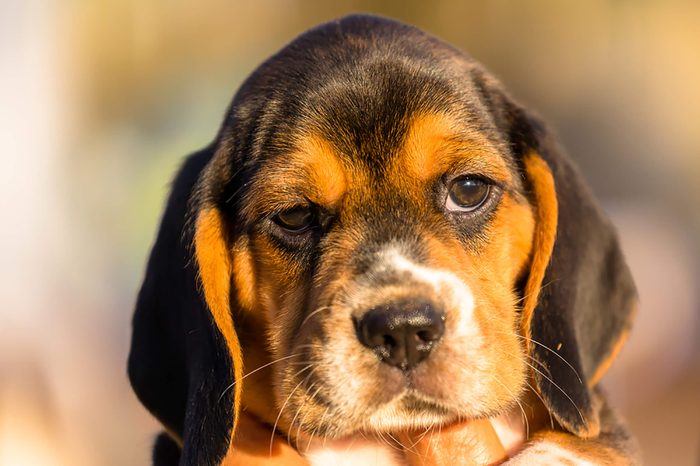
The only way to correct your puppy
When your pup has an accident, never strike or yell at her, and do not stick her nose in the mess. You’ll only traumatize your dog and make her afraid of you. If you catch your pup in the act, firmly say no and carry her outside. If you find a mess but didn’t see it happen, do not reprimand your dog. Scolding after the deed is done does not work—your puppy most likely doesn’t remember doing it in the first place. Simply clean up the mess and then take her out.
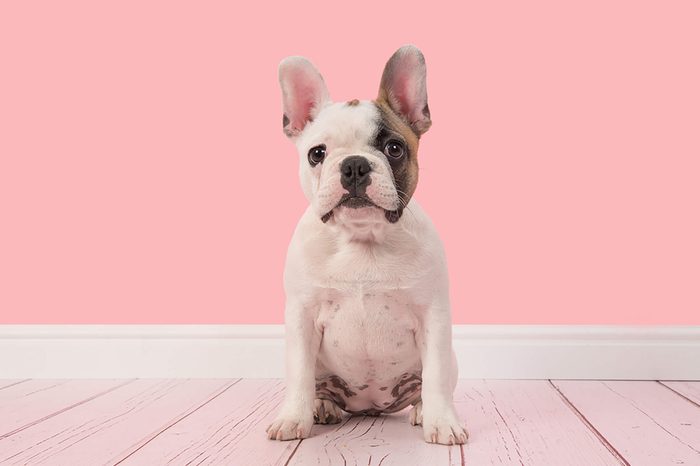
Celebrate success
When housetraining a puppy, positive feedback is crucial. Letting her know she is doing something that makes you happy is key to encouraging proper bathroom habits. Treats, praise, and playtime are all great ways to show your puppy that she did a good job.
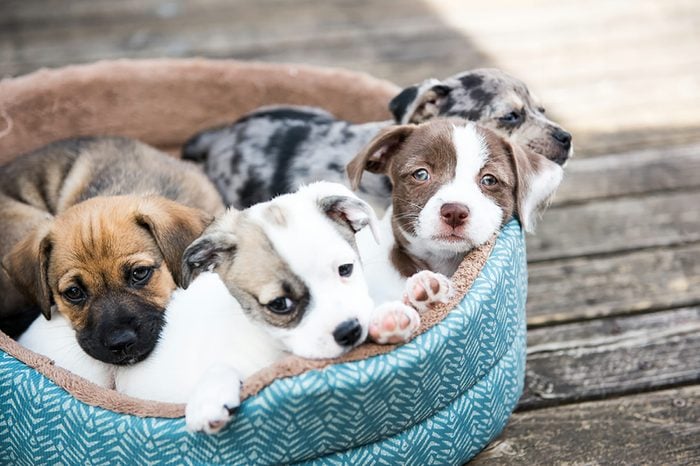
Leash walk
When you take your puppy out of his crate, put a leash on him right away. Don’t let him run to the door. By allowing him to run freely, you risk him peeing at home at the first opportunity, and that could be on your carpet. If you lead him to the door and then to the correct place in your yard, you’ll help him focus on the task at hand and avoid distractions. Keep him leashed until he relieves himself—and then praise him. Next up: playtime!
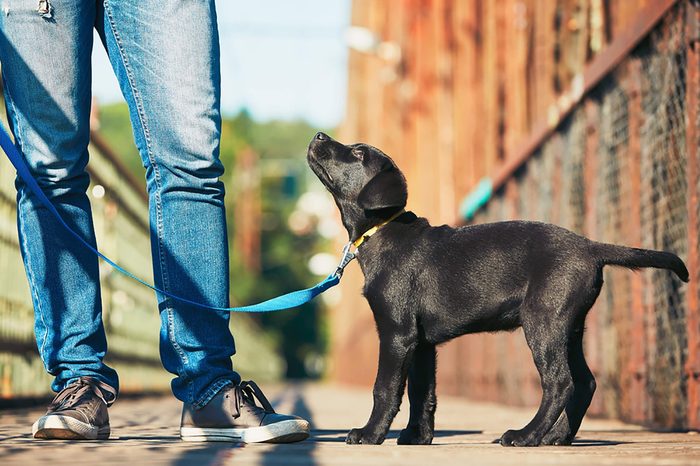
Schedule for young pups
The Society for the Prevention of Cruelty to Animals Los Angeles (SPCALA) recommends the following schedules for potty training puppies between eight weeks and six months of age:
· 6:00 AM: Walk
· 6:15 AM: Feed/water
· 9:00 AM: Walk/water
· 9:30 AM: Walk
· 11:30 AM: Walk
· 12:00 PM: Walk/feed/water
· 12:30 PM: Walk
· 3:00 PM: Walk/water
· 4:00 PM: Walk
· 5:00 PM: Feed
· 5:30 PM: Walk
· 6:00 PM: Last water of the day
· 6:30 PM: Walk
· 10:00 PM: Walk
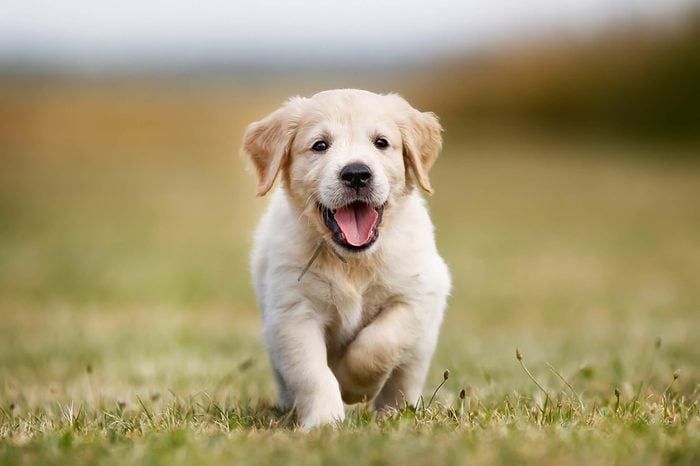
Schedule after six months
SPCALA recommends sticking to this schedule until your puppy reaches a year:
· 6:00 AM: Walk/feed/water
· 8:00 AM: Walk
· 10:00 AM: Walk/water
· 2:00 PM: Walk/water
· 6:00 PM: Walk/feed
· 6:00 PM: Last water of the day
· 10:00 PM: Walk
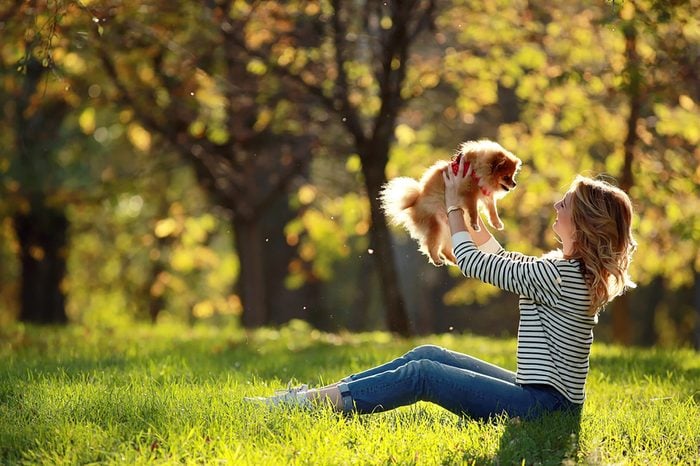
Plan for playtime!
According to experts at the SPCALA, “Play/training time should be scheduled several times throughout the day.” They also advise walking him again before putting him back in his confined area because playing tends to stimulate a puppy. By training and playing at the same time, you can keep training fun and you’ll teach your puppy that learning and training are enjoyable. Check out more helpful early dog-training tips.